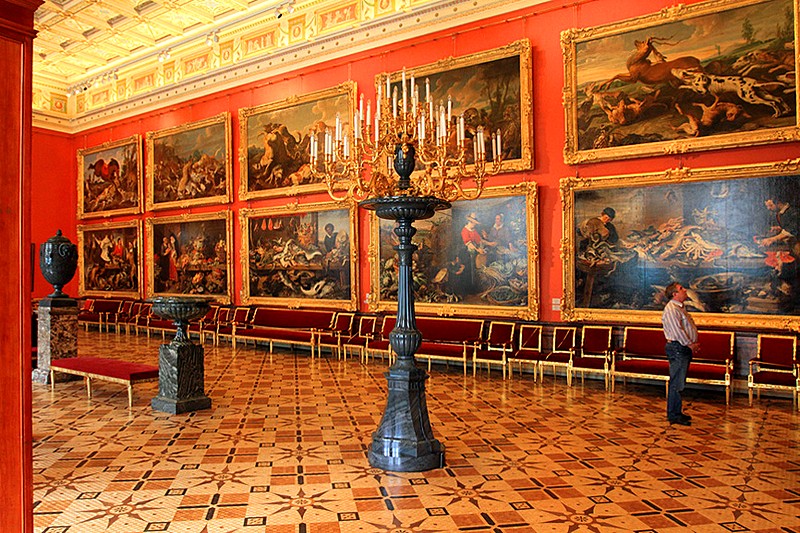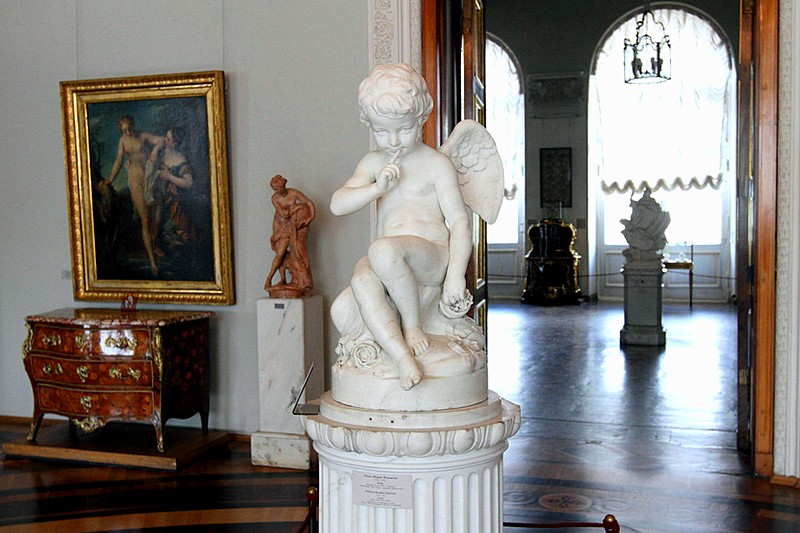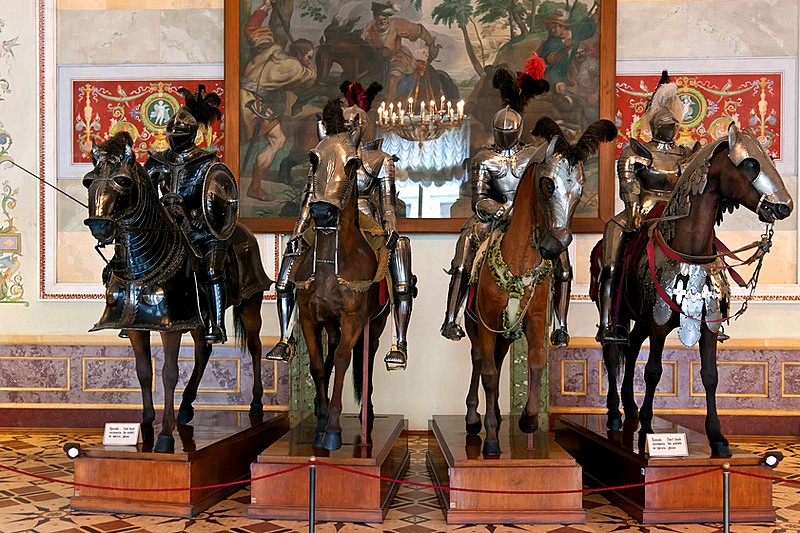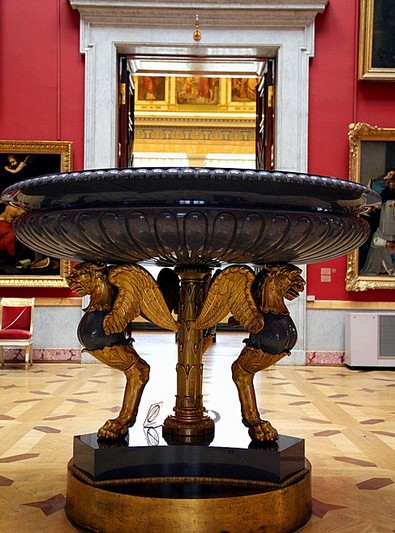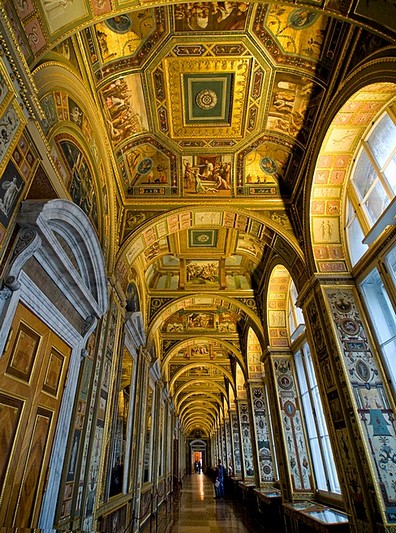Western European Art (13th to 19th Centuries)
The Hermitage's collection of Western European Art is one of the finest in the world, containing masterpieces from all the major centers of artistic development in Europe from the 13th to the 19th centuries. Based on the collections bought up by Catherine the Great to fill the walls of the Small and Great Hermitages, it has been expanded over the years through further Imperial purchases, Bolshevik confiscation of private collections, and appropriation of artwork in conquered Germany.
Among the most famous works in the collection, which occupies the first floor of the Winter Palace and the Great Hermitage, are the major collections of paintings by Rubens and Rembrandt, two of twelve surviving works by Leonardo da Vinci - the tiny Benois Madonna of 1478 and the more impressive Madonna Litta of 1490-91 - and canvases by Titian, Michelangelo, Caravaggio, El Greco and Goya, to name but a few.
Less fashionable, though equally impressive, are the large collections of French neoclassical painting, particularly works by Poussin and Lorrain. Even the collection of English art contains noteworthy canvases by Gainsborough and Reynolds.
Covering far more wall space than any other collection in the Hermitage, the Western European Art collection can be somewhat overwhelming and, thanks perhaps to the indiscriminate buying habits of some of Russia's rulers, there is some inconsistency in the quality of work on display. If time is a major consideration, it is well worth picking out the works, or at least the periods, you are interested in before you arrive, and heading straight for them.

